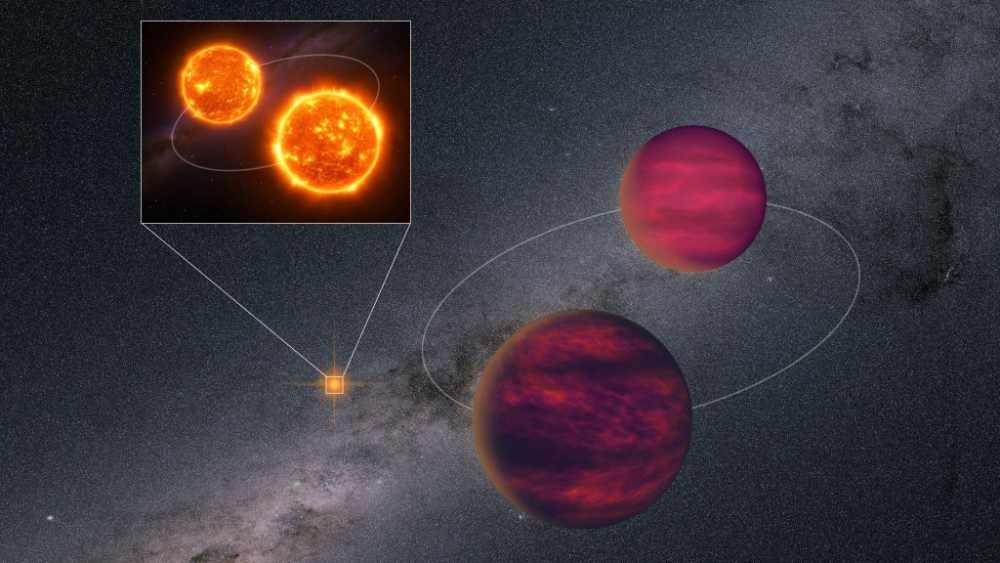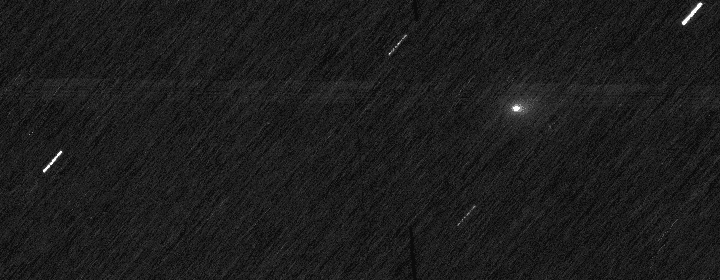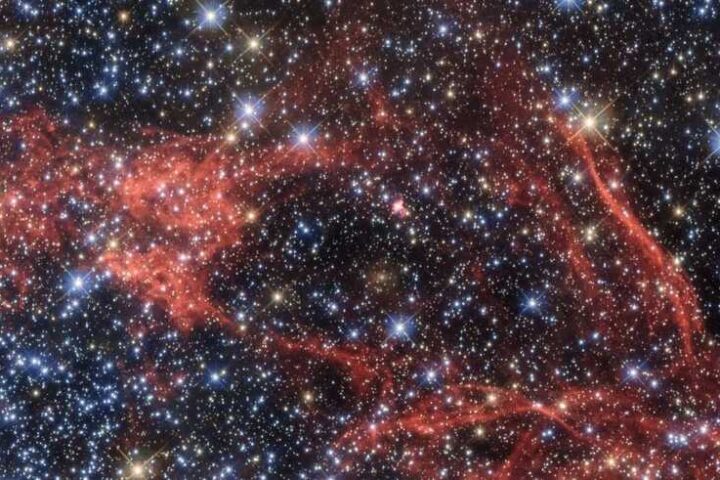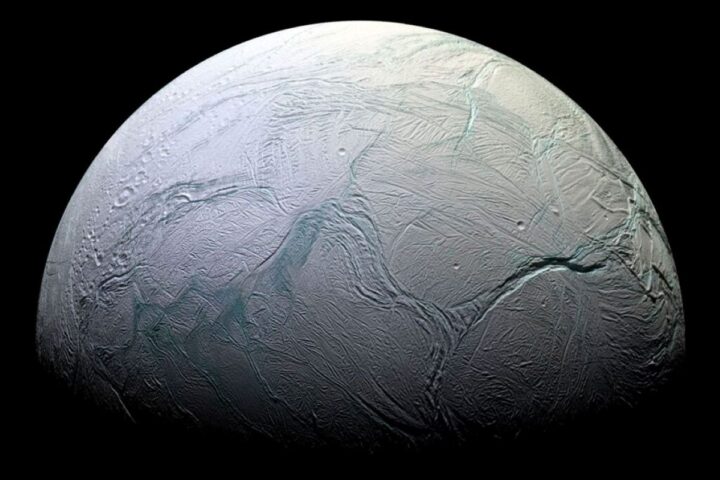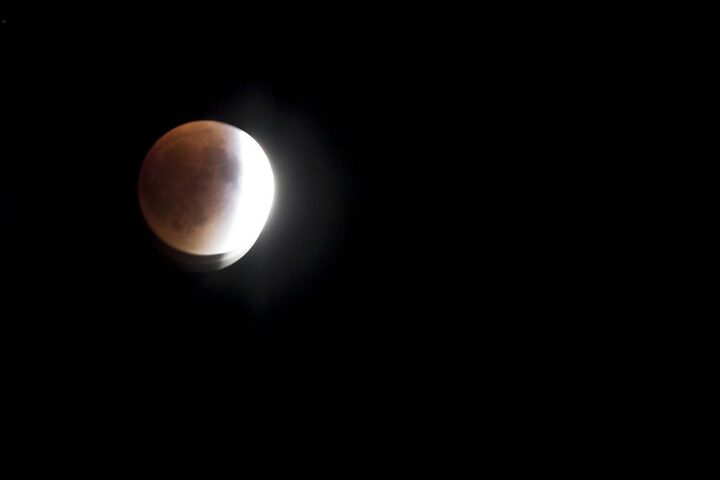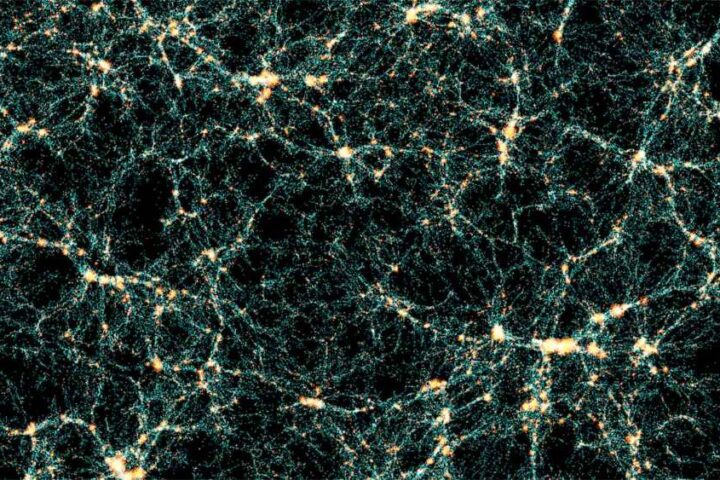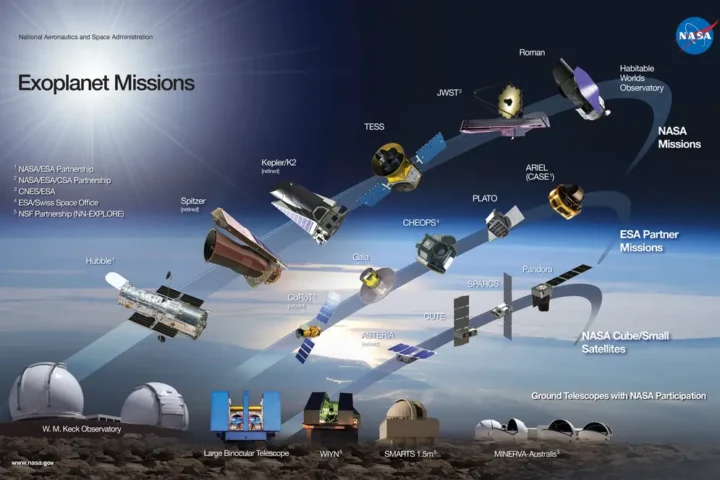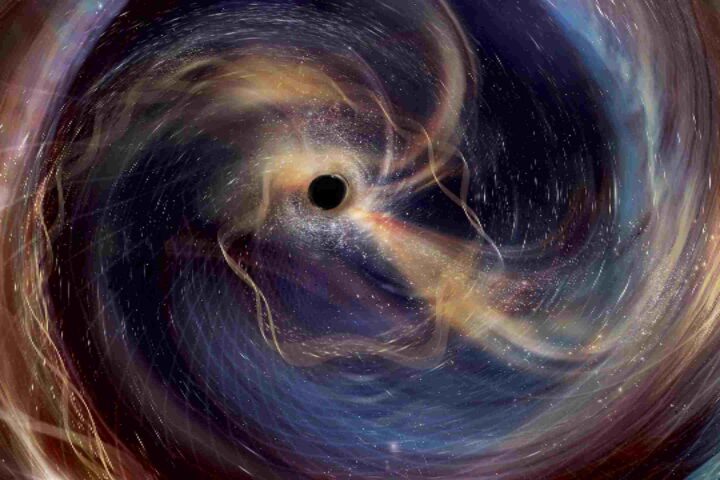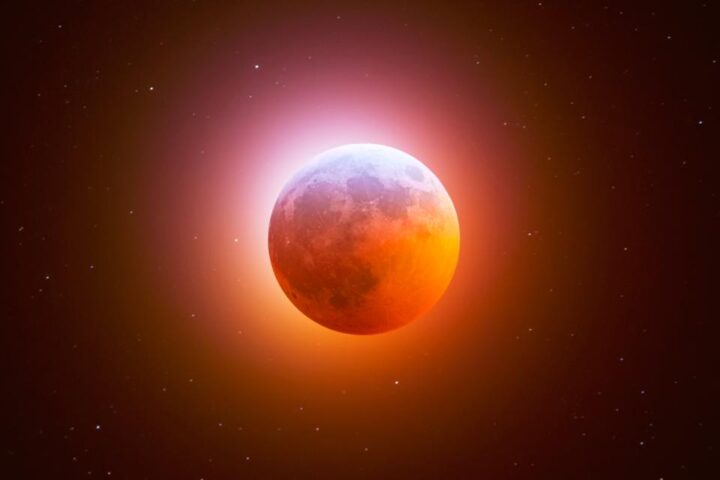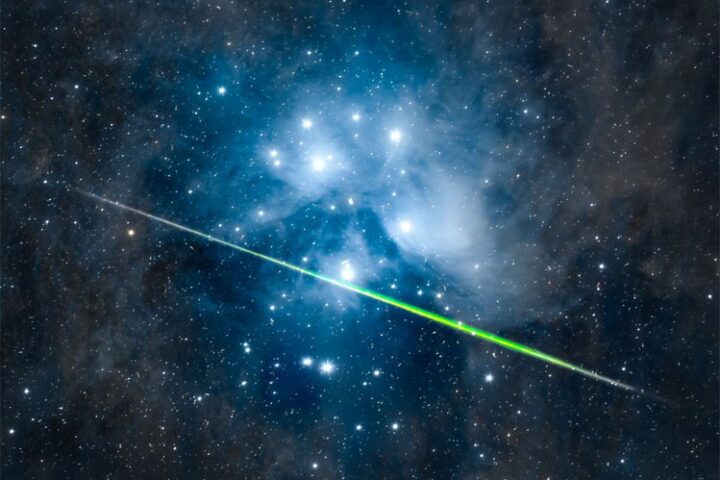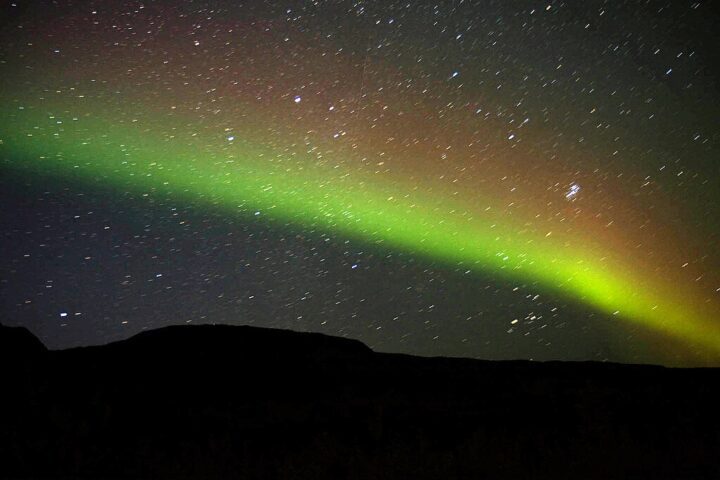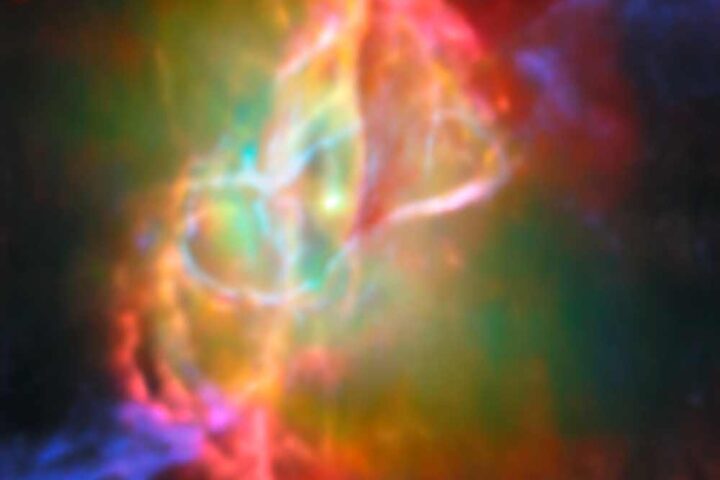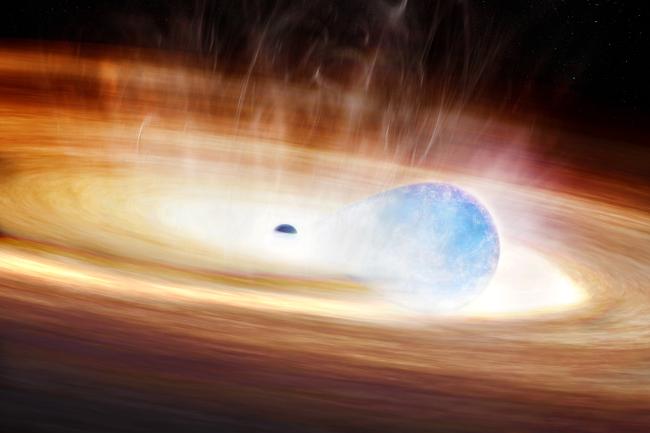Astronomers have found an unusual four-star system just 82 light-years away in the constellation Antlia. The system, named UPM J1040−3551 AabBab, contains two red dwarf stars orbiting each other and two brown dwarfs also in orbit around each other. These two pairs then orbit a common center.
“What makes this discovery particularly exciting is the hierarchical nature of the system, which is required for its orbit to remain stable over a long time period,” explains Professor Zenghua Zhang of Nanjing University, who led the research team. “These two pairs of objects are orbiting each other separately for periods of decades, while the pairs are also orbiting a common center of mass over a period of more than 100,000 years.”
The two pairs sit far apart – about 1,656 times the distance between Earth and the Sun. This extreme separation creates a stable system where the pairs won’t interfere with each other’s orbits.
Brown dwarfs, often called “failed stars,” occupy a middle ground between planets and stars. They form like stars but lack enough mass to sustain hydrogen fusion, the process that makes stars shine. However, they are too massive to be considered planets.
The red dwarf pair in this system appears extremely dim – about 100,000 times fainter than Polaris (the North Star) in visible light. Each red dwarf has about 17% of our Sun’s mass and surface temperatures around 3,200 Kelvin (about 2,900°C).
The brown dwarf pair is even harder to detect, emitting almost no visible light and appearing about 1,000 times dimmer than the red dwarfs even in infrared wavelengths. These brown dwarfs have temperatures of approximately 820 Kelvin (550°C) and 690 Kelvin (420°C). Though similar in size to Jupiter, they are much denser, with masses estimated at 10-30 times that of Jupiter.
“This is the first quadruple system ever discovered with a pair of T-type brown dwarfs orbiting two stars,” notes Dr. MariCruz Gálvez-Ortiz from the Center for Astrobiology in Spain, a co-author of the research. “The discovery provides a unique cosmic laboratory for studying these mysterious objects.”
The system was identified using data from the European Space Agency’s Gaia satellite and NASA’s Wide-field Infrared Survey Explorer (WISE). Researchers confirmed their findings with spectroscopic observations from the Southern Astrophysical Research (SOAR) Telescope in Chile.
Similar Posts
This discovery helps scientists tackle a long-standing challenge in brown dwarf research known as the “age-mass degeneracy problem.” Since brown dwarfs cool throughout their lifetime, it’s difficult to determine whether an isolated brown dwarf with a certain temperature is younger and less massive or older and more massive.
“Brown dwarfs with wide stellar companions whose ages can be determined independently are invaluable at breaking this degeneracy as age benchmarks,” explains Professor Hugh Jones of the University of Hertfordshire, another co-author. “UPM J1040−3551 is particularly valuable because H-alpha emission from the brighter pair indicates the system is relatively young, between 300 million and 2 billion years old.”
Professor Adam Burgasser of the University of California San Diego adds: “This system offers a dual benefit for brown dwarf science. It can serve as an age benchmark to calibrate low-temperature atmosphere models, and as a mass benchmark to test evolutionary models if we can resolve the brown dwarf binary and track its orbit.”
The research was published in the Monthly Notices of the Royal Astronomical Society.
